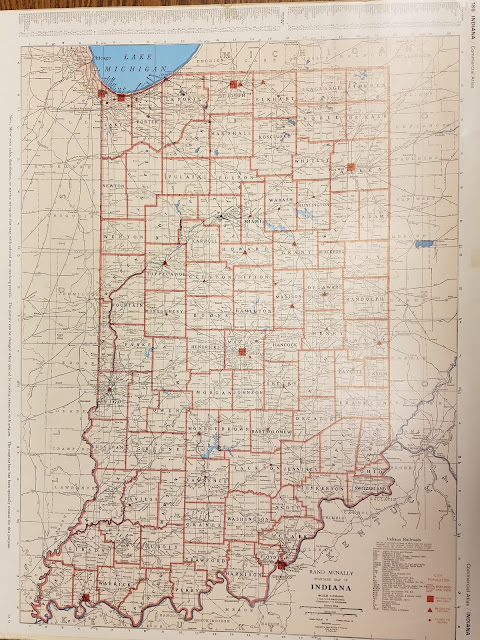Have you ever gotten up from the computer after researching for a couple hours (or more!) with a muddled head, wondering where the time went...and not quite remembering where you went on your internet researching trip? Or maybe you have taken a break from your research and can't remember what you were going to search next? The first tool you can use to solve these problems is a research plan.
Identifying your specific goal, and creating a plan to reach that goal, will help you stay focused. What is your specific research objective? What small, manageable segment of your family are you trying to learn more about? Then, what record types will most likely supply the information you need? The FamilySearch Wiki has several Record Selection Tables that can help you decide which record types to search for a particular piece of information. In the search box of the Wiki type the country or state you need and "record selection table". Below are two examples:
You can then further use the Wiki (see the sidebar to the right if you still have the record selection table open) to learn about what records are available for your desired locality, either online or on site. Make a list of several sources you think would be of benefit, what you hope to find in them, and then proceed to look at the sources, following your outline. You may come across links to other sources that look interesting, but carefully consider if you should add that item into your plan at that point, or make a note of the resource to look into later. When you have consulted the sources you outlined, or in the middle of your list if you deem appropriate, consider if you have found suitable information to answer your objective, or if you need to add onto your plan.
Research plans do not have to be complex, but if you provide enough information they can provide an additional benefit of helping you to know where you need to continue your research after stepping away from your project, whether for a day or a month. It can also be helpful to make notes to yourself along the way of ideas for additional research.
Example:
I want to learn more about Nancy, the wife of Zachariah Taylor Casteel.
A simple research plan could look something like this:
Research Objective: Nancy md. to Zachariah Taylor Casteel: obtain death, marriage, and birth dates and places for Nancy.
Plan:
- Every U.S. Federal census possible during her lifetime - birth year and state, could provide an idea of the places she lived during the time frames of marriage and death, 1900/1910 censuses tell me how many years she had been married, 1900 has month of birth
- Death record - death date and place, birth date and place, maiden name to help find birth record
- Marriage record - marriage date and place, age, maiden name to help find birth record
- Cemetery record - death date, possibly birth date
- Obituary - death date and place, possibly birth date and place, marriage information
(These records could provide more information regarding Nancy and her family than I have noted in my plan, but I am focusing on how they can provide the answers to my research objective.)
I would then proceed to learn if these records are available for the time and place I need and then find the specific record collections that will help me.
While it is entertaining to jump from source to source across the internet thinking that the information you seek is a click away, making a research plan can help keep you focused on your goals and help use your valuable time more wisely.














